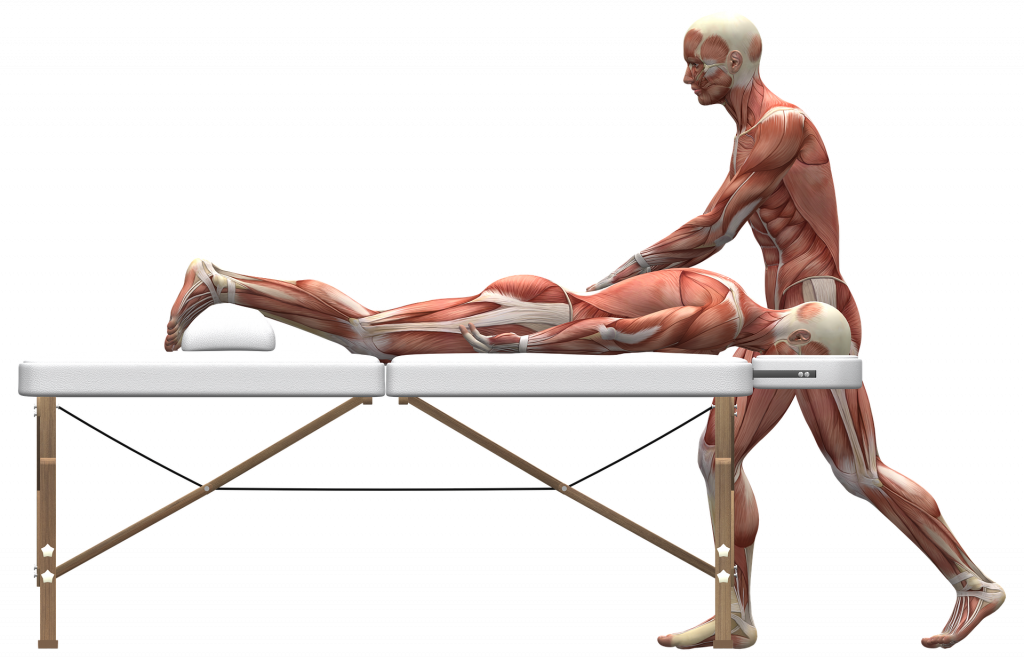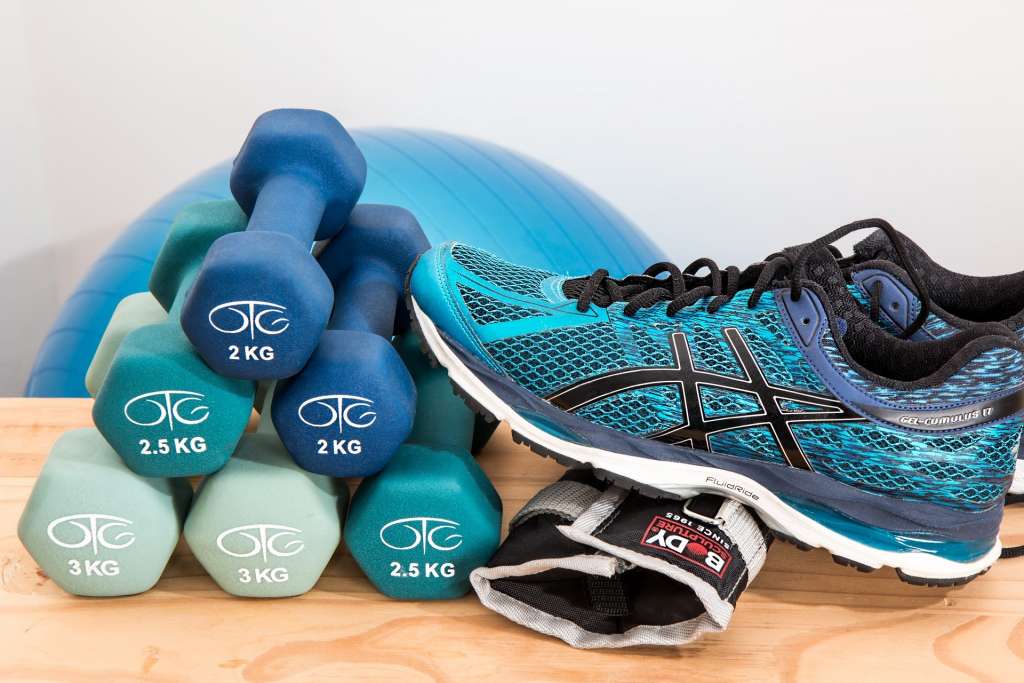As the hockey season comes to an end, a player’s body is tired. Often, they have been playing through lingering injuries or have neglected their aches and pains to get through each game. Now that the season is over, you might be wondering what you can do to help your body recover and prepare for the next season. To do so, let’s start by separating the off-season into 4 phases: recovery, strength building, power and speed, and lastly conditioning. Below we will break down the specifics of each phase.
The first phase of the off-season is recovery. Often, players will have muscular imbalances that cause minor pains or they may not even be aware of them but can cause problems in the future. The goal of this phase is to return the body to homeostasis, a state of internal equilibrium. The length of the recovery period is usually approximately 3 weeks. It is imperative to take this time to see an athletic therapist address any aches, pains or injuries that you have and to assess the imbalances present in order to be in the best possible shape for a good off-season and minimize injuries during the next phases of off-season. In this phase, we work on mobility, flexibility and balancing both sides of the body as there is usually one side that is used more than the other.

The second phase of the off-season is building strength. While the first thought to many athletes when they think of “building strength” is heavy lifting, the goal of this phase is actually the opposite. We are aiming to correct any imbalances that may have occurred and reintroduce proper resistance training in better alignment. Overall work volume and intensity are usually low, and the focus is on targeting muscles that are often neglected (i.e. not firing in the correct motor pattern). This period also includes working on the athlete’s proprioception and balance to help build kinesthetic awareness. As the athlete begins to gain strength, he can progress the workouts and start doing supersets. Supersets are good for building muscular hypertrophy, building muscle mass, in the off-season.

The third phase of the off-season is speed and power. During this phase, the goal is to use the strength you’ve built up over the last few weeks and translate it to speed and power. This means using your anaerobic system, because in a hockey game, you are doing intense skating for short periods of time. The type of training you do in this phase shifts from form focused (which should be perfected by now) to increase speed in movements. Agility training can also be integrated into this phase.
The fourth and final phase of the off-season is conditioning. During the phase, the goal is to maintain the strength and power that you’ve built over the last few weeks to be able to translate it and apply it to your specific sport. This is where sports specific training is integrated and we move away from an in gym focus.
All in all, it is important to build a strong foundation during the off-season. It is also important not to forget that it is an off season, which means it’s okay to take some time to yourself and relax, enjoy other sports and hobbies!
